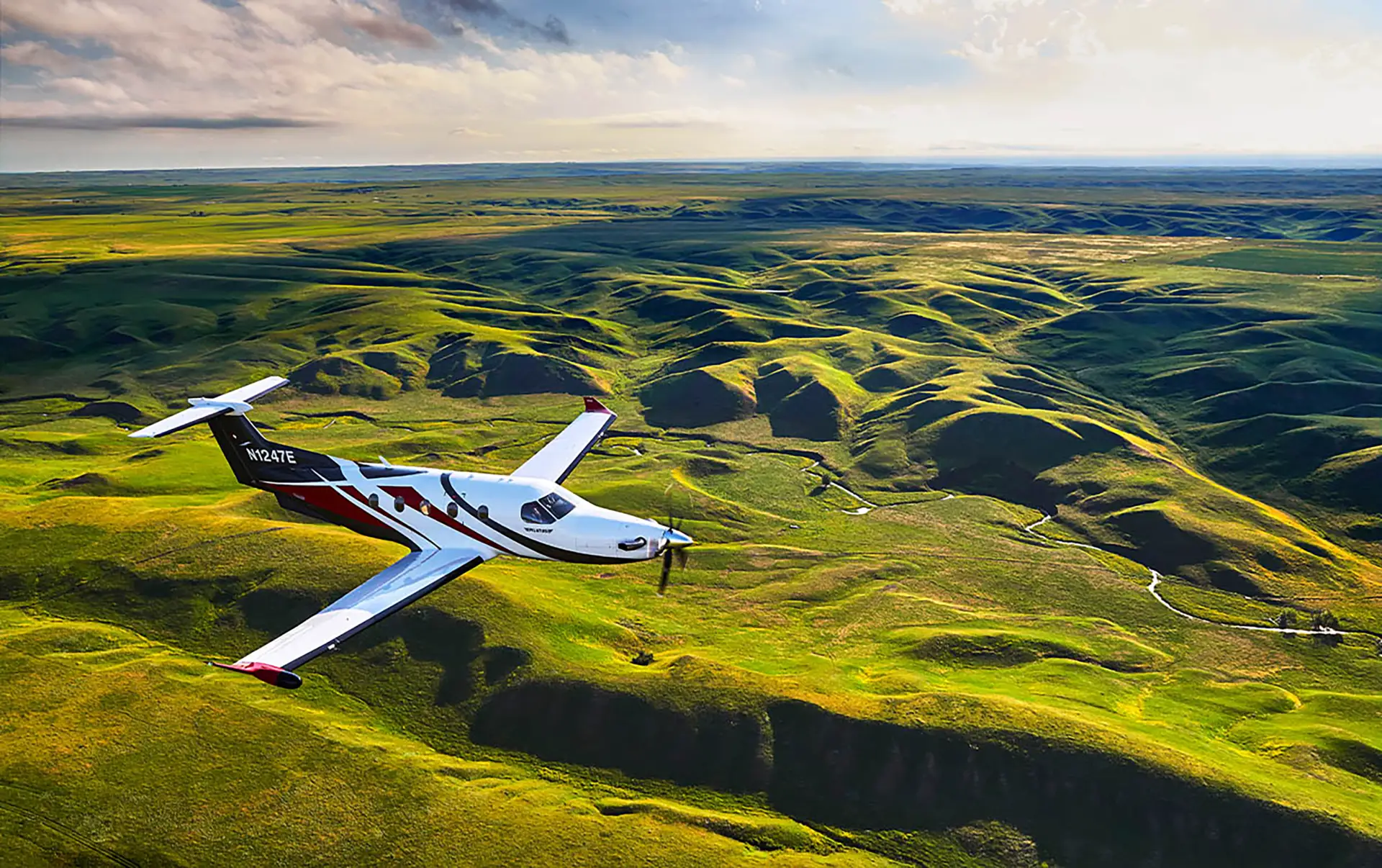The PC-12 is the world’s best-selling turboprop in its class – over 1,700 models have been produced and delivered so far. Single-engine turboprops are widely considered amongst the safest on the market: statistics show they outperform even twin-engine turboprops. Additionally, the environmental impact of single-engine aircraft is much lower than that of twin-engine designs.
“You can never have too many engines”, was the old saying. And whilst certain mission profiles may indeed call for more than one engine, the safety aspect is no longer an argument these days.
Tried and tested is better
Independent analyses and safety statistics compiled in recent years demonstrate that the accident rate amongst single-engine turboprops is lower than amongst twin-engine aircraft. In certain critical situations, handling a twin-engine poses a greater challenge to the pilot than a single in the same situation.
It goes almost without saying that a proven engine is an absolute must for single-engine aircraft! All Pilatus turboprops are fitted with Pratt & Whitney Canada turboprop engines, which have earned a reputation as the most reliable aircraft engines ever built. A safe, dependable engine is indispensable for a single-engine aircraft. After all, who wants to fly an aircraft powered by an engine not noted for those qualities?
Fewer means greener
In many respects, that old adage “less is more” is very true of single-engine aircraft. Compared to their gross weight, single-engine turboprops can carry significantly higher loads than their multi-engine counterparts. Why? Because the weight of the second engine is missing! That means a greater useful load and less fuel consumption per passenger. Fewer engines also mean lower maintenance costs, greater range and more eco-friendly operations.
Jet trainer versus turboprop
Government and military customers now recognize the advantages of training programmes designed around single-engine aircraft. For many years, the experts believed that single-engine turboprops could never replace jet trainers. But with budgets coming under increasing pressure, air forces are now actively seeking new ways to train their pilots, with the current trend being towards single-engine turboprops such as the PC-21. The performance of the PC-21 is comparable to that of a jet trainer but the costs are substantially lower.
The PC-21 provides a versatile platform for initial flight training, and also for jet pilots, who can complete a large part of their training programme on this turboprop rather than on a jet. In that respect, every hour flown on the PC-21 means less fuel consumption and lower costs – which is all-round better for the environment!
Flying is becoming more and more of an issue today due to the associated CO2 emissions. More than ever, choosing the right machine for the mission at hand is critically important!

